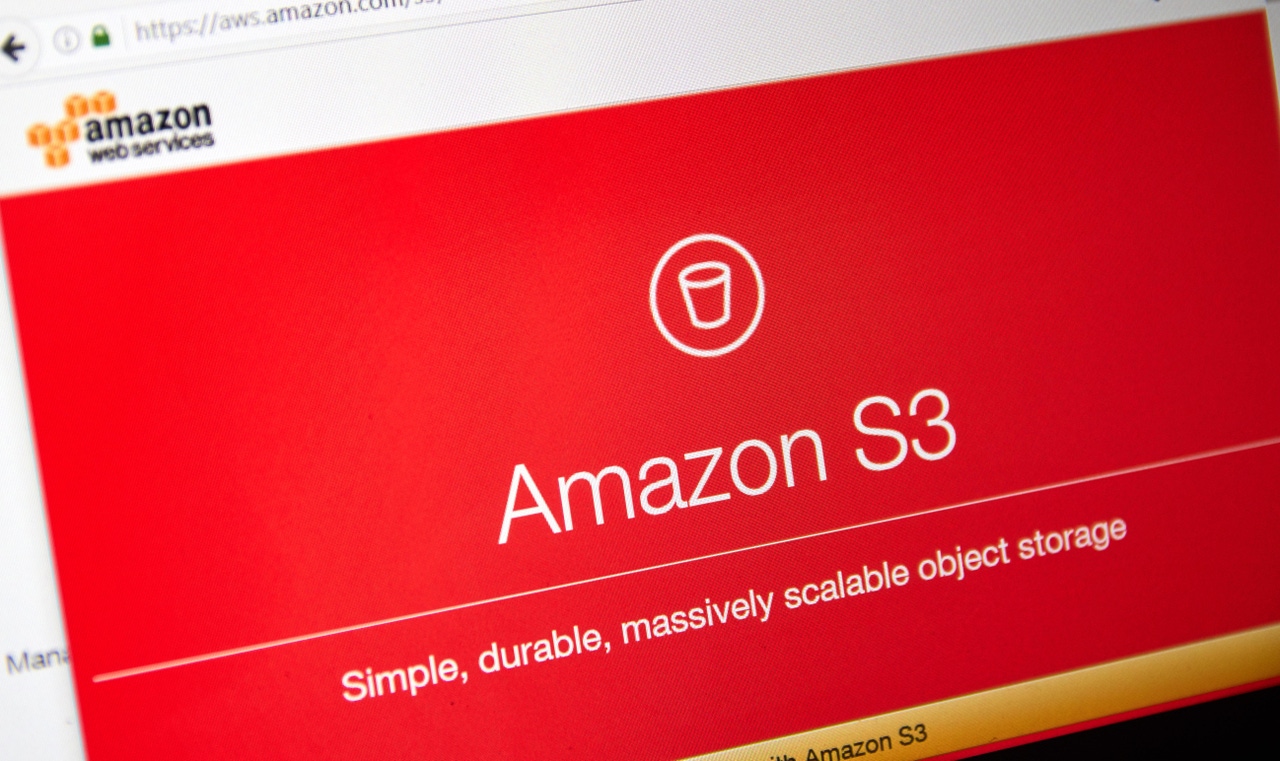
Insight and analysis on the data center space from industry thought leaders.
Navigating AWS Storage Pricing: Avoiding Common Pitfalls in S3 Tier SelectionNavigating AWS Storage Pricing: Avoiding Common Pitfalls in S3 Tier Selection
Decoding AWS S3 storage tiers for smarter cloud choices.
December 14, 2023

When it comes to cloud storage, AWS offers a wide variety of options with its S3 storage tiers. Each tier is designed to cater to different use cases and budget constraints. However, navigating through these choices can be akin to walking through a maze: intricate and potentially confusing.
In my role, I frequently engage with customers about their backup strategies, a discussion that inevitably turns to storage considerations. A key question I often pose is, "What's your data retention period?"
Surprisingly, the most common response is, "30 days." But then I probe further with, "Why 30 days?" This timeframe seems arbitrary, yet it's a deliberate choice for many. When pressed for the rationale, the overarching theme is budget constraints – "This is what we can afford for backups."
It's intriguing to see the shift in perspective here; the conversation is no longer about time but financial limitations.
Of course, budgeting is a vital factor in decision-making. However, what often gets overlooked is the possibility of finding a middle ground, a solution that addresses both financial constraints and other critical requirements. It's essential to understand the options available and how they influence the balance between time and cost. This knowledge is crucial in making informed decisions that align with not just budgetary limits but also operational needs.
Here, I'll highlight some common oversights users encounter when selecting S3 storage tiers, and how to make informed decisions.
Overlooking Access Frequency
AWS S3 offers tiers like Standard, Infrequent Access (IA), Intelligent Tiering, and One Zone-IA, each with different pricing models based on access frequency.
A common mistake is opting for a cheaper tier like IA or One Zone-IA for frequently accessed data, lured by the lower storage costs, yet these tiers charge more for data retrieval.
If your data is accessed often, these costs can quickly add up, making the Standard tier more cost-effective in the long run.
Ignoring Data Retrieval Time
For long-term data storage, Glacier and Deep Archive Glacier tiers offer the lowest storage costs. However, they have longer retrieval times – ranging from minutes to hours.
Users sometimes miss considering this aspect, leading to frustration when they need quick access to archived data. It’s essential to align your choice with your data retrieval needs. For instance, Glacier is suitable for data that you might need within a few minutes, whereas Deep Archive is ideal for data you seldom need but must retain for compliance reasons.
Neglecting Data Transfer and Request Costs
While storage costs are often the primary focus, it’s crucial not to overlook data transfer and request costs. These can vary significantly between tiers and regions.
For example, transferring data out of AWS S3 to the internet incurs costs, which can become substantial for large data volumes. Similarly, operations like PUT, COPY, POST, or LIST requests on S3 buckets come with their own pricing. Users should factor in these costs to avoid unexpected expenses.
Underestimating the Cost of Versioning
S3’s versioning feature, which keeps multiple variants of an object in the same bucket, is incredibly useful for data integrity and recovery. Still, each version of an object is stored as a separate entity, contributing to storage costs. Users sometimes activate versioning without considering the additional costs associated with storing multiple versions of their data.
Forgetting about Lifecycle Policies
AWS S3 Lifecycle policies allow you to automate the movement of data between tiers or schedule deletions, which can lead to significant cost savings. However, users often set up their S3 buckets without these policies, leading to data remaining in a more expensive tier than necessary or accumulating unnecessary data, thus inflating costs.
AWS’s S3 storage tiers, with their varied pricing and features, offer flexible solutions to meet diverse storage needs. However, understanding the nuances of each tier is crucial to optimize costs and ensure efficient data management. By avoiding these common pitfalls, users can make the most out of AWS’s powerful storage capabilities without straying from their budgetary constraints.
Sebastian Straub is the principal solutions architect at N2WS, a cloud backup and disaster recovery firm.
About the Author
You May Also Like







